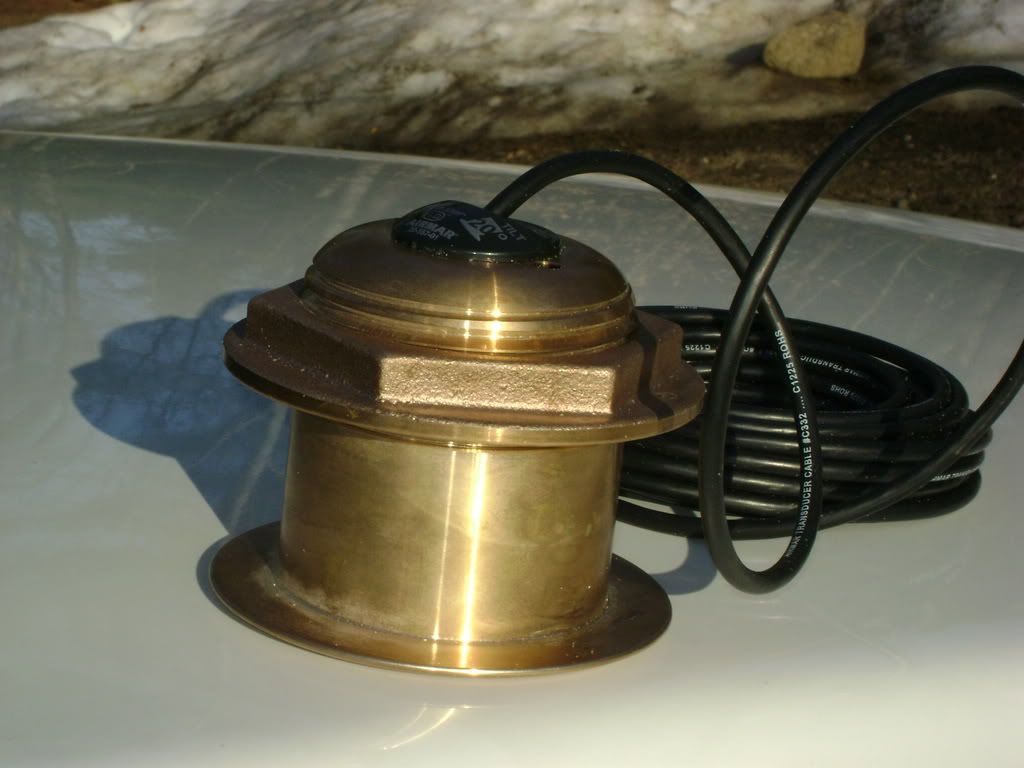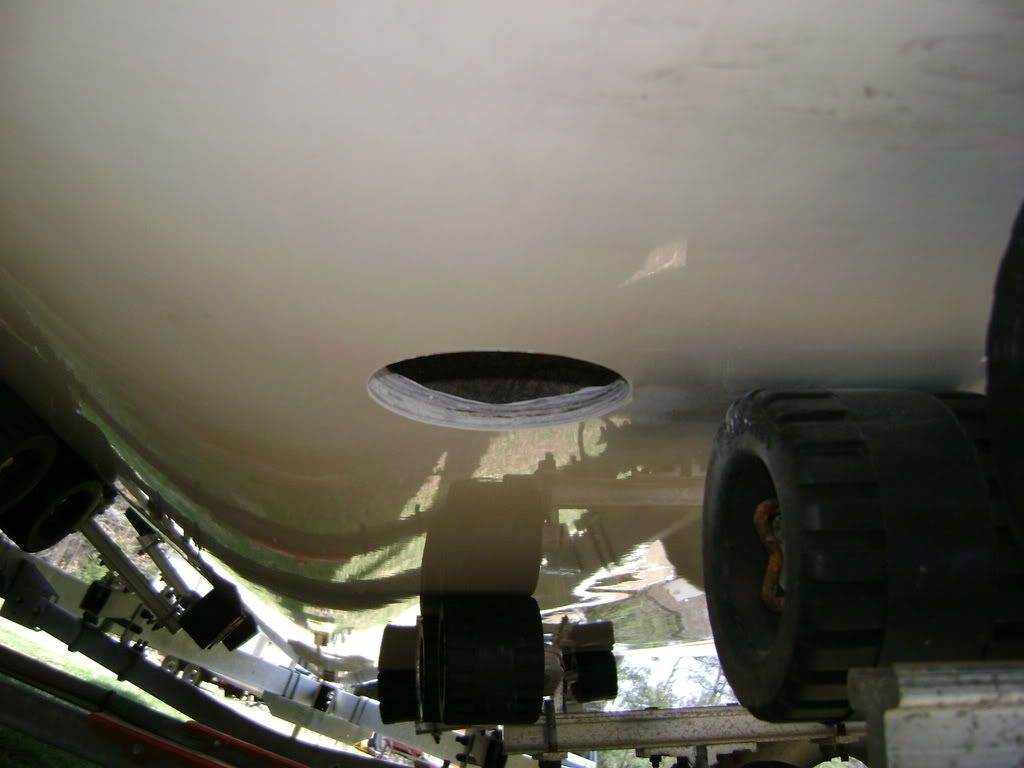shoot thru or thru hull?
Not sure its clear from your posting but I assume you mean a shoot thru transducer? Charles Charters advice is aplicable to thru hull transducers. In my opinion, shoot thru beats thru hull as you don't need to cut a hole in your hull or even pull the boat out of the water to mount it and you don't have to worry about barnacles and transducer compatible paint. You will lose range/sensitivty with the shoot thru but unless you plan to push your system to the limit thats usually not an issue.
After losing 3 transom mount transducers I finally wised up and changed to a shoot thru. I took a standard transom mount and glued it with bubble free 5 minute epoxy straight to the hull in the bilge. I mounted it about a foot back from the transom and a foot away from the keel. Best thing I ever did - works great at all speeds - even full speed or in sharp turns. Note that unless you pay attention to the mounting angle its not going to shoot straight down. If you are using it mainly as a depth transducer to avoid running aground, the contribution of the mounting angle to depth error is insignificant. If you are trying to locate a wreck 100 feet down then you need to pay attention to mounting angle. Let me know if you need advice on how to mount it flat.
But to answer your question, to the best of my knowledge all gradys have a solid fiberglass hull except for the obvious ribs and stringers. I think all but the largest (ie 33+ foot) grady's use wood stringers and the 33+ footers use foam core stringer boxes. So you are safe glueing your shoot thru straight to the hull.
When preparing the epoxy, a simple trick to get the bubbles out is to take a hand torch and lightly wave the flame over the surface of the epoxy. Make sure you sand the spot you plan to glue the transducer and then wipe it down with MEK solvent for good measure. Finally, make sure when gluing that you firmly press the transducer down and rotate/wiggle left and right to eliminate any voids as well as minimize the epoxy thickness.



